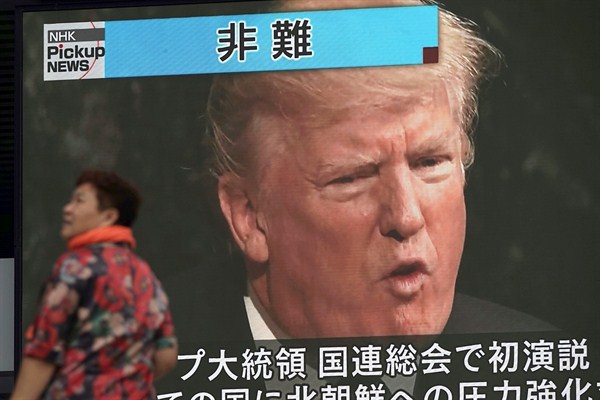During the past few weeks, the standoff between North Korea and the United States has cooled a bit. Pyongyang has not tested more ballistic missiles or nuclear devices, and U.S. President Donald Trump has not launched more insulting tweets at North Korean dictator Kim Jong Un. That is good, but the crisis is no closer to resolution than it was months or years ago; there is not even a glimmer of light at the end of the tunnel. It remains the world’s most dangerous threat.
It is hard to see a path to resolution at this point. In a recent interview, Trump’s national security adviser, Lt. Gen. H.R. McMaster, reiterated that the “only acceptable outcome” for the United States is the denuclearization of North Korea. Nearly every expert on North Korea considers this impossible, since nuclear weapons are the Kim regime’s guarantee of survival and the only thing that draws the attention that Kim seems to crave. Without nuclear weapons, North Korea is simply poor, weak and irrelevant.
This impasse has led the Trump administration to talk of preventative military action against North Korea. Clearly the administration is walking a fine line, seeking a diplomatic solution while recognizing that attaining one requires a realistic threat of force to make North Korea understand that it cannot continue along its current path. But while threats are necessary, they are also extraordinarily dangerous, increasing the chances of a misperception or error in judgment leading to a military confrontation that no one wants.

